7 Budget-Friendly Ways to Promote Student Engagement: A UDL Post
August 11, 2015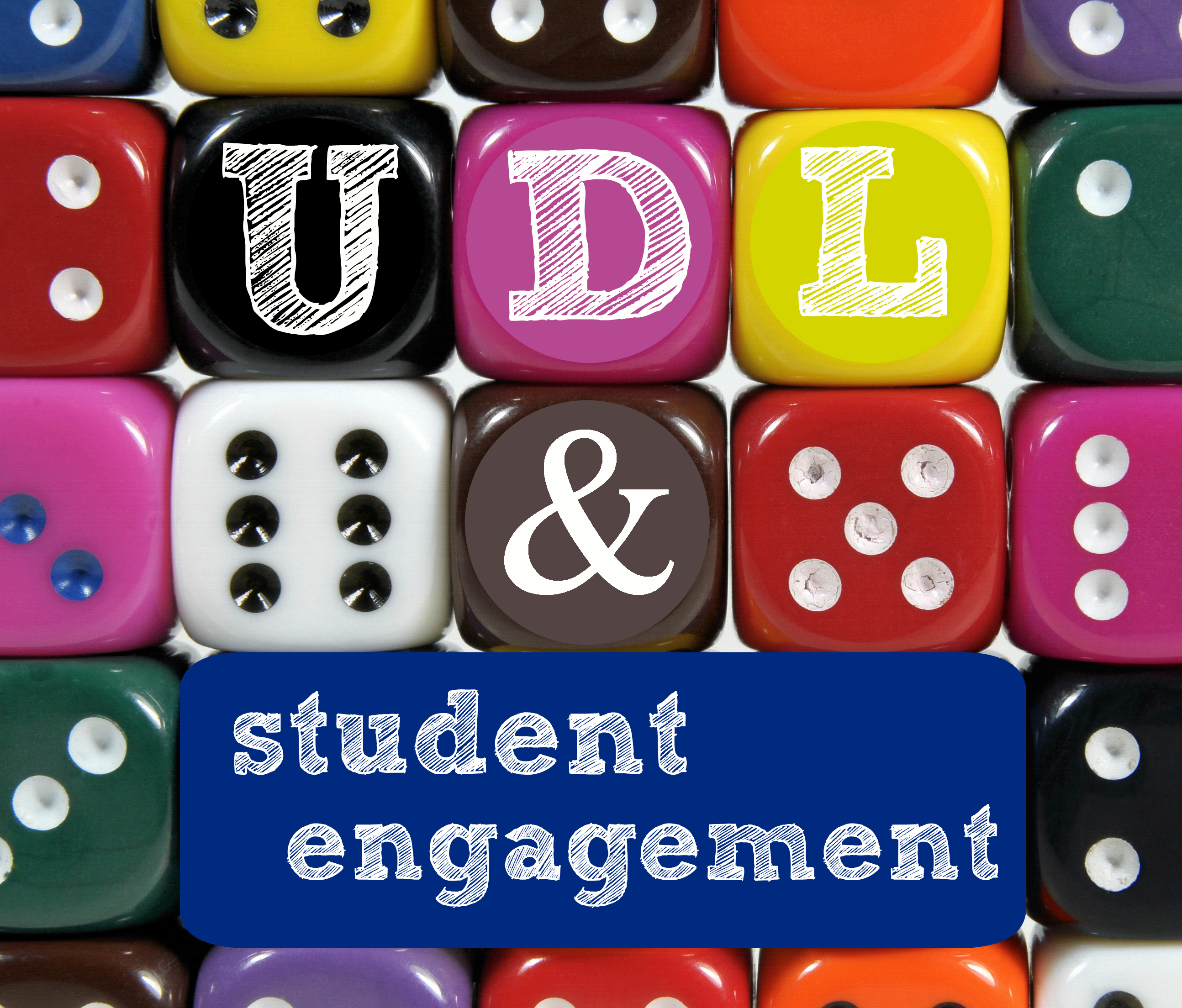
Student engagement is one of the most important building blocks of academic and social success—and probably one of the most difficult to achieve and maintain. Different students are engaged and motivated by very different things, which means teachers have to be on their toes all the time, looking for new ways to hook and keep their kids’ interest.
In a diverse, inclusive classroom, you can never have too many ideas in your student-engagement toolbox. Here are 7 great suggestions adapted from Whitney Rapp’s book, Universal Design for Learning in Action. (You don’t have to use these in the context of a UDL approach—though if you’re looking to explore the benefits of UDL, Whitney’s book is a perfect place to start.)
Give these ideas a try in your classroom to keep students with and without disabilities engaged. (And let us know how it goes!)
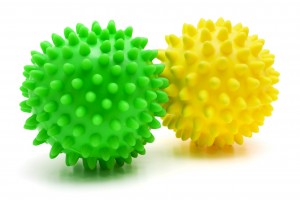
Encourage constructive fidgeting. For some students, it’s easier to listen and process information if they have a small toy to keep their hands busy. Collect inexpensive fidget toys to keep in a bag or basket, and let your students choose a favorite to handle during class time. Your students might like hard or squishy rubber balls, hacky sacks, toy cars, small stuffed animals, beaded bracelets, or slippery water tubes. Stock up on many different kinds of safe, sturdy fidget toys (be sure to choose options that don’t light up brightly or make distracting noises), and encourage your students to try different toys during different activities.
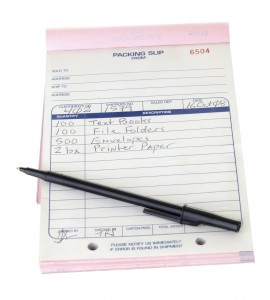
Get professional. Learning is more fun when kids feel like real professionals. Fancy gear like lab coats might be out of the question, but a few inexpensive professional supplies can add extra realism to classroom activities and increase your students’ interest and motivation. Kids can put on nonprescription “scientist” or “detective” glasses, record data in folders and notebooks stickered with a “company logo” (they can even help design it!), and use ledgers and forms in triplicate the way real-life professionals do. Not only will students feel like they’re doing important work, they’ll also see how their new knowledge and skills connect with actual careers.
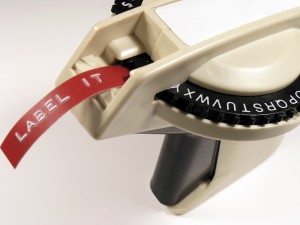
Go retro. Students love novelty, and everything old is new again! Breathe fresh life into familiar tasks—spelling words, practicing math equations—by bringing in “retro” equipment students don’t work with every day. Spelling practice can be fun and engaging if a student is punching in the letters on a cool old label maker. And a retired overheard projector can have a second life in one of your learning centers–supply students with transparencies and markers, and they’ll have a fun new way to display their work to peers in small groups.

Break out the finger paint. Studies show that when one or more of the senses are engaged during the learning process, it increases neural pathways in the brain, making it easier for kids to retain and use new information. You probably have lots of auditory and visual methods for teaching new information, but tactile activities are also a great way to get kids engrossed in the lesson. Safe, nontoxic tactile materials—finger paint, glue, sand, modeling clay—can inject excitement and interest into tasks like tracing letters, spelling words, or solving math problems.
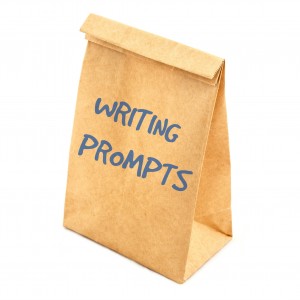
Fill a bag with writing prompts. Do your students balk at writing assignments? If you hear “I don’t know what to write about!” more often than you’d like, here’s a simple idea that’ll help. At the beginning of your school year, pass out paper lunch bags and have students fill them up with small items that have personal significance to them—a shell from a beach vacation, a stone from the backyard garden, a plastic elephant from that special zoo trip. Let them keep the bags in their desks or in your classroom’s writing center. Whenever they’re struggling with a topic to write about, they can take out their “writing prompt” bags and look through them for inspiration.
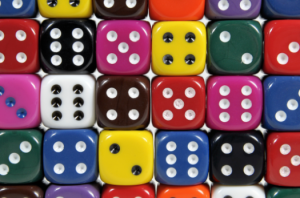
Roll the dice. Dice lend themselves to lots of creative group learning activities. By harvesting dice from old board games and customizing them with your own stickers, you can develop fun review activities for multiplication facts, vocabulary or spelling words, historic dates, or scientific symbols. Students in small groups can take turns rolling the dice to prompt review questions for the rest of the group to answer. (You can even buy blank dice that students can write on themselves.)

Rethink seating and lighting. Gone are the days of fluorescent overheads and pretty desks all in a row. Now we know much more about engaging students through dynamic classroom setups, and you might already have things like small-group seating options and learning centers. If you’re looking to take your classroom setup to the next level, try varied seating and lighting options to supercharge student engagement.
Some students are more engaged while moving or standing, while others find it easier to concentrate with dimmer or softer lighting. Student desks and chairs still have their place (as long as they’re adjustable!), but consider adding more creative seating options based on your students’ learning styles. Options like yoga mats, seat cushions, stools, beanbag chairs, and tall cafe-style tables can help you create a classroom environment that helps students retain focus and work more efficiently. To change up your classroom lighting, consider using classroom light filters that come in assorted colors—or switch off your overheads and bring in a variety of lamps with soft or bright light bulbs to meet the needs of different students. (Teacher blogger Nicholas Provenzano dedicated the 2014-2015 school year to rethinking his classroom setup–check out his tips and photos here.)
FREE PRINTABLE! Learn more about the research behind these 7 ideas–and get tips for putting them into practice–with this excerpt from Universal Design for Learning in Action.
More on UDL:
“Your First Step Toward a UDL-Designed Classroom”

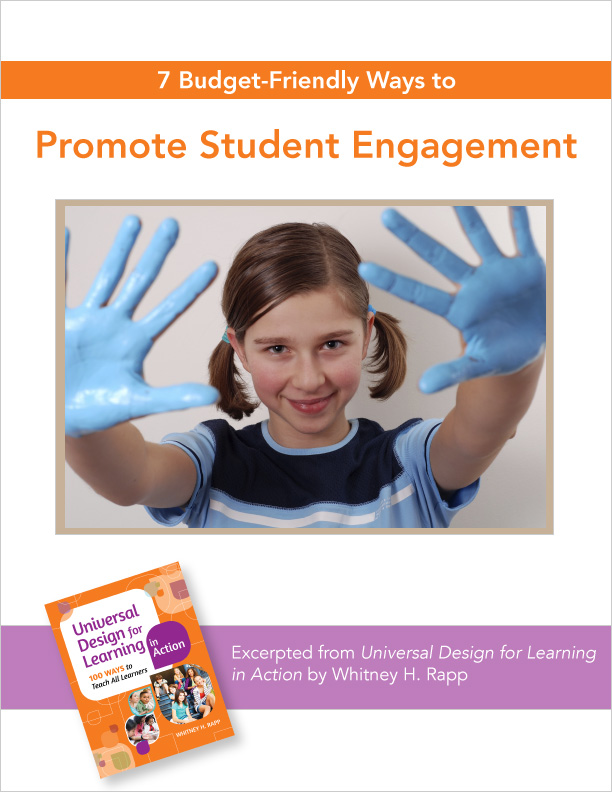
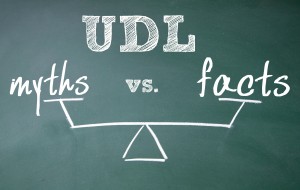
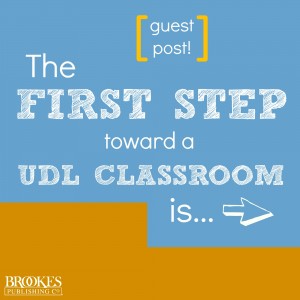



Write a Comment
Your email address will not be published. Required fields are marked *
comments
Kelli Tharrington says
I love this article. These are great ideas. I think that sometimes as teachers we get caught up in thinking we need to purchase ideas. The ones listed in this article are great and free. Students love school supplies and the label maker is a great idea for making ,for example, spelling skills concrete. Purposeful fidgeting I thing is a saving grace for most children, it is very hard to sit still and designing lessons to accomodate those fidgiters is conducive to a learning environment.
Post a Comment